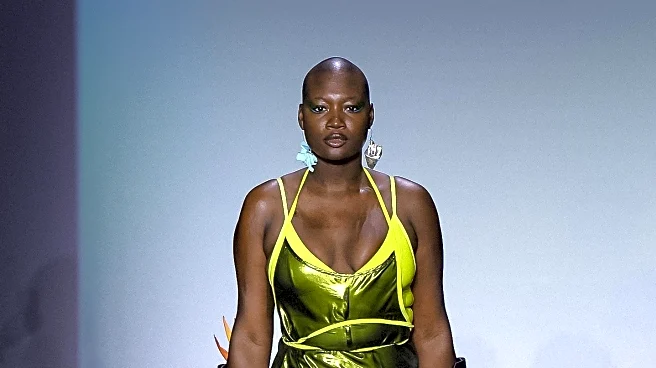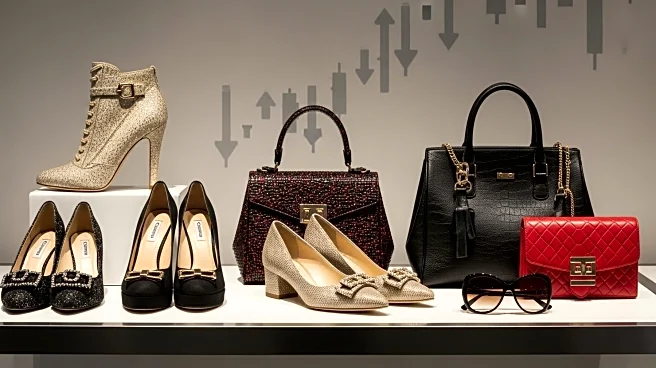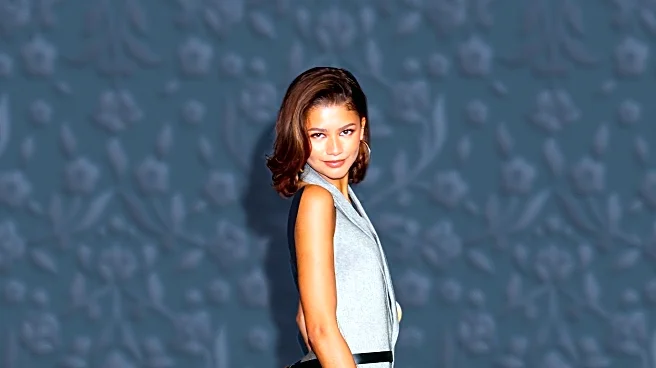What's Happening?
The fashion industry is increasingly recognizing the importance of accessible design, which benefits not only disabled individuals but also the broader consumer base. This shift is highlighted by the work of designers like Victoria Jenkins, who leads the adaptive brand Unhidden. Her designs, along with others showcased at the Victoria and Albert Museum's 'Design and Disability' exhibition, demonstrate innovation in accessibility. Major brands such as Tommy Hilfiger and Primark are also contributing to this movement by offering adaptive clothing lines and increasing representation in their stores. The industry is moving towards inclusivity, with efforts to make clothing, stores, and delivery systems more accessible to disabled consumers.
Why It's Important?
The rise of accessible design in fashion is significant as it addresses the needs of disabled consumers, a group often overlooked in mainstream fashion. By prioritizing inclusivity, the industry not only expands its market but also sets a precedent for other sectors to follow. This shift can lead to increased independence and comfort for disabled individuals, while also enhancing the overall shopping experience for all consumers. Brands that embrace this change may see improved customer loyalty and a positive impact on their reputation. Furthermore, the involvement of disabled individuals as decision-makers and leaders in the industry can drive further innovation and representation.
What's Next?
As the fashion industry continues to embrace accessible design, it is likely that more brands will adopt similar practices, leading to a broader range of adaptive clothing options. The ongoing research and initiatives, such as the scholarship for disabled designers at Parsons School of Design, will contribute to the development of new market opportunities and innovations. Stakeholders, including designers, retailers, and advocacy groups, are expected to collaborate to further enhance accessibility in fashion. This could also influence other industries to prioritize inclusivity in their products and services.
Beyond the Headlines
The movement towards accessible design in fashion highlights ethical considerations regarding representation and respect for disabled individuals. It challenges traditional notions of beauty and fashion, promoting diversity and inclusivity. This shift may also lead to long-term cultural changes, encouraging society to value and accommodate the needs of all individuals. As disabled people become more involved in decision-making roles, their perspectives can drive meaningful change across various sectors, fostering a more inclusive environment.











